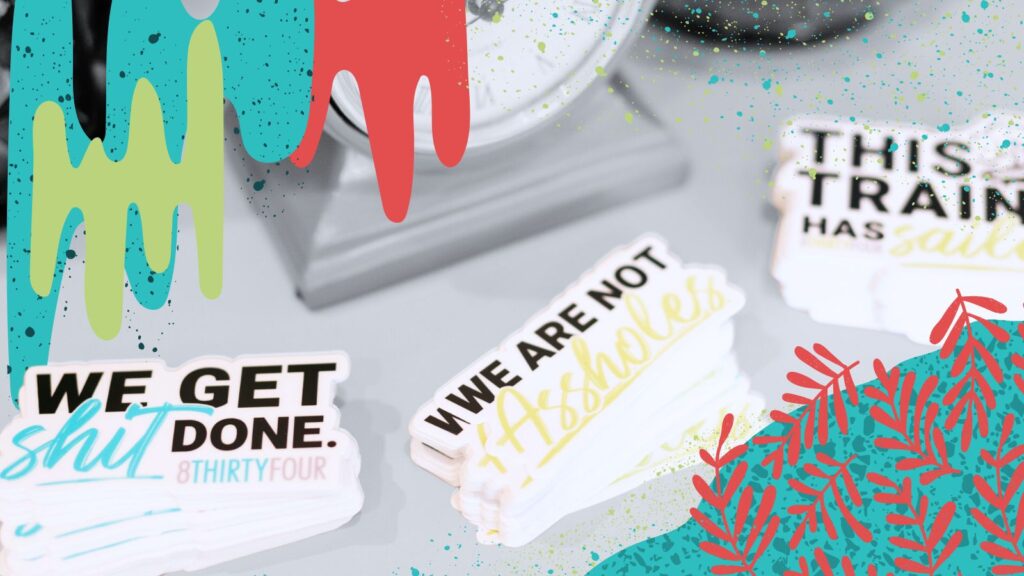We live in a digital age. We are constantly consumed by so much digital messaging that we have to actively turn off those receptors to avoid advertising overload. By now, we can tell which social media posts and which images on our web browsers are trying to get us to purchase items we probably don’t need and which posts and links are actually deserving of our attention. Digital marketing has become so mainstream that its impact alone is no longer enough to reel in consumers. As marketing, branding, advertising, etc. professionals it is easy to forget about the value of traditional marketing. We’ve heard for years that “print is dead”, but now we are seeing just how beneficial the combination of the two can be.
Digital marketing is a clear leader in the industry, but print materials make up for certain qualities that digital is lacking. First and foremost it is less prominent in terms of our daily interactions with different brands and because we aren’t used to printed collateral flying at our faces with every click of our mouse, it stands out.
Whether it’s a catalog, post card, business card, magazine, look book or brochure, the tangible aspect and physical interaction is something we can’t get from an image on a screen. A physical object is tangible, it allows the consumer to hold, feel, handle, and use that item in his or her own way. Touch is one of the most powerful senses and in stark contrast to images on a screen like those we see in social media ads, display ads, search engine marketing, and even digital content like blogs, and website pages, print materials we can touch capture our attention. Using print options like paper choice, size, shape, imagery, folds or cuts, along with great messaging, print can be tailored to reflect any brand. Once the material is created, the consumer then has this piece that can be looked at again and again. Catalogs and look books are a prime example of how the longevity of printed materials is a major advantage. Often, we receive these materials and throw them on our coffee table, in our magazine rack, and especially around the holiday season, we pull them back out when we are sitting on the couch watching TV, planning our Christmas shopping.
Printed materials are often more expensive, and require more planning and time to prepare than digital advertising. Digital ads are quick; they are on the page, and then they are gone. There is an appreciation for the effort it takes to create something that can be held by the consumer, in comparison to its digital counterpart. A piece in hand creates a more personal interaction, building a stronger connection between the brand and the consumer. This is extremely important when it comes to brand loyalty; particularly when printed materials direct the consumer to the digital components of the brand, such as the website or social media pages where brand information is consistently present to the consumer.
Even though we are presented with multiple advertising and marketing outlets, no single option can get the job done on its own. While print may not be “what it used to”, it is slowly changing the paradigm and proving its importance and resurgence on our industry.
Sources:
Propago
The Business Journals

From Invisible to Unforgettable: Why Your Personal Brand is Your Superpower
In a world drowning in noise and a lot of BS, how do you stand out? How do you become the Purple Cow? The answer








